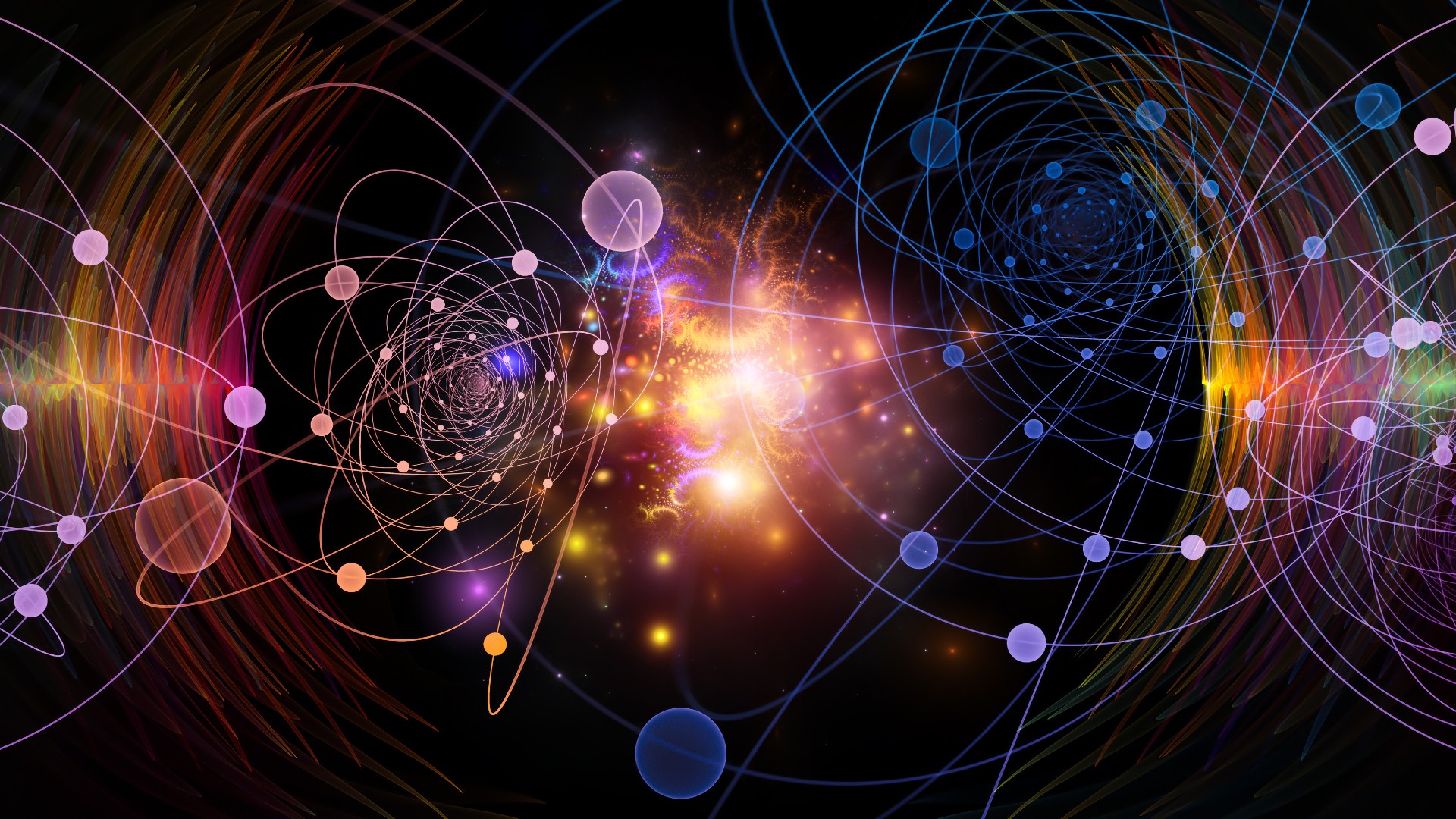
"When meditation is mastered, the mind is unwavering like the flame of a lamp in a windless place." – Bhagavad Gita 6.19

The Unified Field Theory or “The Theory of Everything” is a universal framework that has been tried to be put forward by many researchers and scientists that can explain all the different aspects of the Universe from the quantum level to the planetary level.
Physics is studied in two separate forms: Newtonian or classical and quantum. Classical physics describes the macro objects and the obligations that are integral to them such as The Laws of Motion. Until recent times, classical physics was believed to be able to predict all motions of various objects whether atomic or macro (The Theory of Everything) but this notion was revised with discoveries in the 20th century - Newton’s Classical Laws did not apply at a sub-atomic and atomic level and in fact never covered the quantum world. The whole scientific community was forced to create a new catalogue of regulations to understand this new field, culminating in the birth of quantum physics.
With the advancement in areas such as Quantum Mechanics to understand this new dimension, many started to theorise why not parts of quantum theory can be applied to bodies with larger masses. Many upcoming theories have come in the past centuries or so such as String Theory which has been placed by some to be the ultimate unification of all the universe but this theory also succumbs to some weaknesses. Perhaps, if we could just concentrate on something and transfer certain components from one domain to the other, we could start slowly bridging the gap and arrive at something that looks like the Theory of Everything.
Perhaps, String Theory may have the potential to complete The Theory of Everything, the fusion of scientific theories such as The Theory of Relativity and Quantum Mechanics, dark matter, the multiverse, extra dimensions and the answer to many scientific paradoxes. The theory imagines that the point-like specs of particle physics can be reconstructed into one-dimensional objects called strings. One can compare it to a guitar string that produces various musical notes along the length of the string by tuning it at the guitar's neck. One can consider these notes produced at certain points as particles that are essentially a part of the string. String Theory holds elegant mathematical fluidity among the works of Srinivasa Ramanujan (The Man Who Knew Infinity) and the answer to about everything. However, it has not been able to be tested with our current technology, a significant challenge to its acceptance within the scientific community.
After all, the philosophers from the town of Miletus all the way to the advanced yogis of India have always discussed the oneness of an underlying reality of which everything is a fundamental manifestation of: inseparable constituents of a cosmic ensemble which has only been rediscovered in the wake of quantum physics which was acknowledged by the very pioneers of this such Werner Heisenberg, Erwin Schrödinger, Niels Bohr, Albert Einstein and Oppenheimer. The question arises that if sub-atomic molecules are non-different from energy and so are stars, nebulae, orbs, etc. simply energy why shouldn’t they behave similarly? Logic says that if A is B and B is C, then A is C.
This intriguing ancient and fairly new enterprise still requires a deep dive into the quantum sphere considering it is still in its hypothetical stages. String Theory may be the final element to round off the Theory of Everything yet its complex mathematics is nearly unintelligible to modern mathematicians and we do not have the technology or level to validate its authenticity. This theory is not merely a scientific ambition but mirrors our intrinsic, philosophical desire to understand the complex celestial tapestry woven across several mediums, colours and forms into an interconnected single grand design where every strand across several shades, materials and fibres is essentially the exact same.